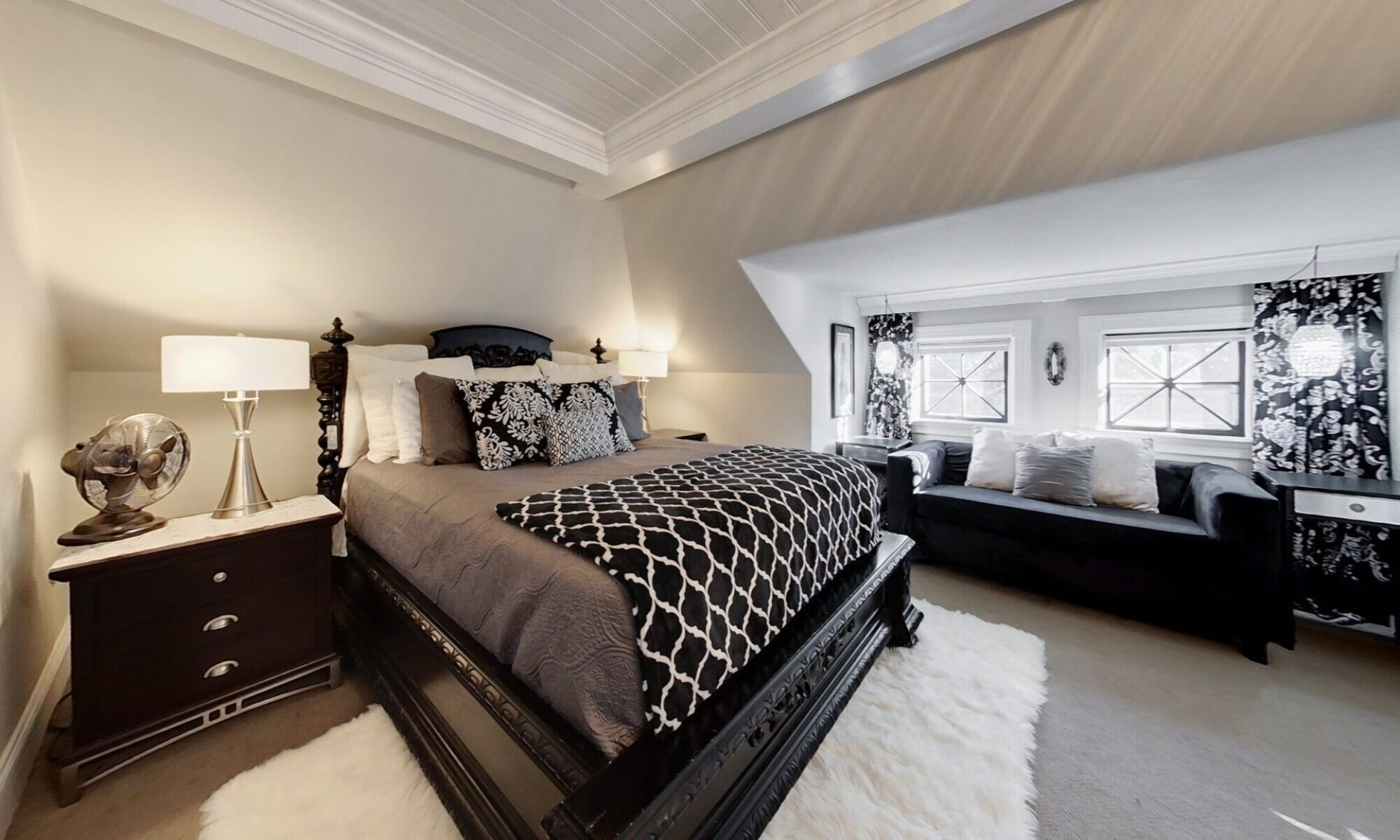Summary
Home staging is the process of making a property look more appealing and attractive to potential buyers. Home staging can include decluttering, cleaning, rearranging furniture, adding accessories, painting, and even renting furniture or artwork. Real estate agents need to ask important questions before recommending home staging to their clients, such as the cost, finding a good home stager, which rooms to stage, how to communicate with clients and manage expectations, and measuring the impact of home staging on sale price and time on the market. This article provides answers to these questions and gives tips for collaborating with the home stager and the seller to achieve the best results. Additionally, the article discusses the benefits of home staging for both the seller and buyers and some common home staging mistakes to avoid.
5. How Can I Convince My Clients to Invest in Home Staging?
Some clients may be reluctant or resistant to invest in home staging, either because they don’t see the value, they don’t have the budget, or they don’t want to change their personal style or belongings. Here are some tips to convince your clients to invest in home staging:
-
- Educate them on the benefits of home staging. Show them statistics, testimonials, and examples of how home staging can help them sell their homes faster and for more money. Explain how home staging can appeal to more buyers and create a positive first impression.
- Address their concerns and objections. Listen to their reasons for not wanting to stage their home, and offer solutions or alternatives. For example, if they are worried about the cost, show them how home staging can pay off in terms of higher offers and faster sales. If they are attached to their personal items, explain how depersonalizing their home can help buyers see themselves living there.
- Offer your professional advice and guidance. As a real estate agent, you have the expertise and experience to know what works and what doesn’t in your market. Use your authority and credibility to recommend the best home staging strategies for your clients’ homes. You can also refer them to a professional home stager who can provide more detailed and customized advice.
- Be respectful and supportive. Remember that selling a home can be an emotional and stressful process for your clients, and that they may have different opinions or preferences than you. Be respectful of their feelings and choices, and support them throughout the process. Don’t pressure them or criticize them, but rather encourage them and show them the positive outcomes of home staging.
6. What Are the Best Practices and Tips for Home Staging?
Home staging can vary depending on the style, size, condition, and location of your home, as well as the preferences and expectations of your target buyers. However, there are some general best practices and tips that apply to most home staging projects:
-
- Clean and declutter. This is the first and most important step of home staging. Make sure your listing is spotless and organized, and get rid of any excess or unnecessary items that may make your listing look crowded or messy. Home sellers can donate, sell, or store their belongings, or hire a professional organizer to help them.
- Depersonalize and neutralize. The goal of home staging is to make your listing appeal to the widest range of buyers, so you want to avoid anything that may alienate or distract them. Remove any personal items, such as family photos, religious symbols, political signs, or collections. Choose neutral colors and simple patterns for the walls, furniture, and accessories, and avoid anything too bold or trendy.
- Repair and update. Make sure everything in the house is in good working order, and fix any minor issues or damages, such as leaky faucets, squeaky doors, chipped paint, or stained carpets. The sellers can also make some simple and inexpensive updates, such as replacing hardware, lighting fixtures, faucets, or curtains, to give their house a fresh and modern look.
- Rearrange and optimize. The way you arrange the furniture and accessories can make a big difference in how spacious and inviting the house looks. Follow the principles of balance, symmetry, scale, and proportion, and create clear traffic paths and focal points. You can also use furniture and accessories to define the function and purpose of each room, and to showcase the best features of the house.
- Add some finishing touches. The final step of home staging is to add some finishing touches that can make the house look more warm and welcoming. You can use plants, flowers, candles, pillows, throws, rugs, artwork, books, or baskets to add some color, texture, and personality to your listing. You can also use some tricks to appeal to the senses of your buyers, such as playing soft music, baking cookies, or using a diffuser with a pleasant scent.
7. How Can I Measure the Impact of Home Staging on the Sale Price and Time on Market?
One of the challenges of home staging is that it can be difficult to measure its impact on the sale price and time on market of your listing. There are many factors that can affect these outcomes, such as the location, condition, size, features, demand, supply, seasonality, and marketing of your home. However, there are some ways to estimate the impact of home staging on the sale of your listing:
-
- Compare similar homes on the market. One way to measure the impact of home staging is to compare your listing with other similar homes on the market that are not staged. Look at their listing prices, sold prices, and days on market, and see how your home compares. If your listing sells faster and for more money than other comparable homes, you can attribute some of that success to home staging.
- Use statistics and testimonials. Another way to measure the impact of home staging is to use statistics and testimonials from reputable sources, such as NAR, HomeLight, or professional home stagers. According to NAR’s 2021 Profile of Home Staging Report1, 22% of sellers’ agents reported an increase of 1% to 5% in the dollar value offered by buyers for staged homes, compared to other similar homes on the market that are not staged. And 23% of sellers’ agents reported a decrease in the time on the market when the home is staged. You can also use testimonials from past clients or colleagues who have experienced the benefits of home staging firsthand, and share their stories and results with your potential clients.
- Conduct a survey or feedback. A third way to measure the impact of home staging is to conduct a survey or feedback from your potential buyers or their agents. You can ask them questions such as: How did home staging affect your perception of the home? How did home staging influence your decision to make an offer or not? How did home staging affect the amount of your offer? How did home staging affect your negotiation process? You can use the answers to these questions to evaluate the impact of home staging on the sale of your listing, and to improve your home staging strategies for future listings.

